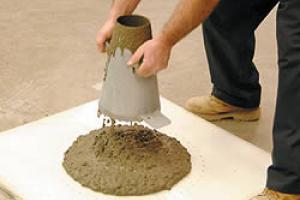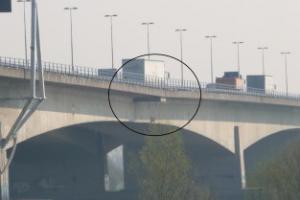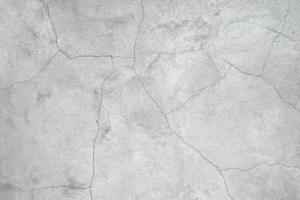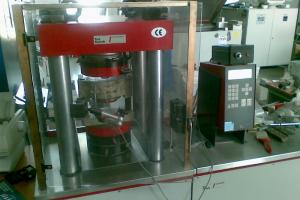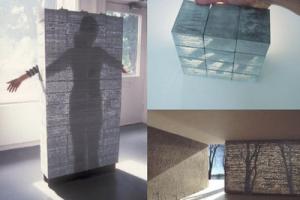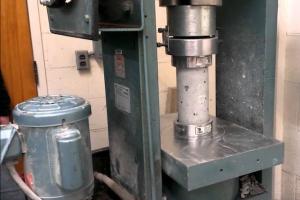Cold Weather Concreting ACI 306 - Cold Weather Concrete
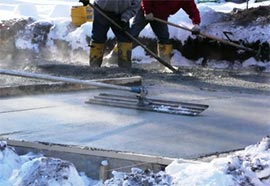
Definition
ACI 306 “Cold Weather Concreting” defines cold weather concreting as a period when for more than three (3) consecutive days, the following conditions exist:
- The average daily air temperature is less than 5°C (40°F) and,
- The air temperature is not greater than 10°C (50°F) for more than one-half of any 24 hour period.
Concrete placed during cold weather will develop sufficient strength and durability to satisfy intended service requirements only if it is properly produced, placed and protected.
What Happens When Concrete Freezes?
-
Pore water in concrete starts to freeze around -1°C (30°F)
-
As some water freezes the ion concentration in the unfrozen water goes up, further depressing the freezing point.
-
At around -3 to -4°C (25 to 27°F), enough of the pore water will freeze so that hydration will completely stop, and depending on the extent of hydration, and thus the strength of the concrete, the forces generated by the expansion of ice (ice occupies ~9% more volume than water) may be detrimental to the long term integrity of the concrete.
Objectives of Cold Weather Concreting
The objectives of cold weather concreting are to:
-
Prevent damage to concrete due to freezing at early ages
-
Assure that concrete develops the required strength for the safe removal of forms
-
Maintain curing conditions that foster normal strength development without using excessive heat
-
Limit rapid temperature changes in the concrete to prevent thermal cracking
For every 10°C (18°F) reduction in concrete temperature, the times of setting of the concrete double, thus increasing the amount of time that the concrete is vulnerable to damage due to freezing. Concrete that is protected from freezing until it has attained a compressive strength of at least 3.45 Mpa (500 psi) will not be damaged by exposure to a single freezing cycle. Concrete that is protected and properly cured will mature to its potential strength despite subsequent exposure to cold weather. Except in heated, protective enclosures, little or no external supply of moisture is required for curing during cold weather.
Damaging Effects of Cold Weather Concreting:
Following deleterious effect may occur due to cold weather concreting
-
Hydration will be hampered
-
Setting time will be prolong
-
Disruption of freshly placed concrete because of freezing
-
Low workability
-
Freezing and thawing effect
-
Improper curing
-
Workmanship is affected
-
Deicing effect
Precautionary Measures for concrete in cold weather
-
Using hot water
-
Providing enclosures i.e. covered area
-
Using air entraining agents
-
Scheduling concreting
-
Using admixtures Accelerators
-
Type III or high early strength cement
-
Using amount of cement



